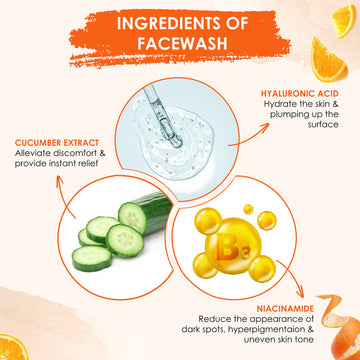When selecting a sunscreen, consider the following factors to ensure optimal protection and suitability for your skin:
1. SPF Rating
SPF measures how well a sunscreen protects against UVB rays. Dermatologists recommend using a sunscreen with at least SPF 30, which blocks about 97% of UVB rays. Higher SPF values provide slightly more protection, but no sunscreen can block 100% of UV rays.
2. Broad-Spectrum Protection
Ensure your sunscreen offers broad-spectrum protection, meaning it protects against both UVA and UVB rays. This comprehensive coverage is crucial for preventing both sunburn and long-term skin damage.
3. Water Resistance
If you’re swimming or sweating, choose a water-resistant sunscreen. These formulas are designed to stay effective for a certain period while in contact with water, though reapplication is still necessary after swimming or excessive sweating.
4. Formulation
Sunscreens come in various formulations, including lotions, creams, gels, and sprays. Choose a formulation that suits your skin type and preferences. For example, those with oily skin might prefer a gel or lightweight lotion, while individuals with dry skin may benefit from a more hydrating cream.
5. Ingredients
Look for sunscreens containing both physical (mineral) and chemical filters. Physical filters, like zinc oxide and titanium dioxide, sit on top of the skin and reflect UV rays, while chemical filters absorb UV radiation. If you have sensitive skin, opt for mineral-based sunscreens, which are less likely to cause irritation.
How to Apply Sunscreen Correctly
To maximize the effectiveness of your sunscreen, follow these application tips:
1. Apply Generously
Most people do not apply enough sunscreen, which reduces its effectiveness. Use about one ounce (a shot glass full) to cover your entire body. For the face, a nickel-sized amount is usually sufficient.
2. Apply Before Sun Exposure
Apply sunscreen 15-30 minutes before going outside to allow it to bind properly to your skin.
3. Reapply Regularly
Reapply sunscreen every two hours, or more frequently if swimming or sweating. Even water-resistant sunscreens need to be reapplied after being in the water.
4. Don’t Forget Key Areas
Ensure you cover often-missed spots such as the ears, back of the neck, tops of feet, and the part in your hair if your scalp is exposed.
5. Year-Round Use
UV rays can damage your skin even on cloudy or cold days. Make sunscreen a part of your daily skincare routine, regardless of the weather.
Conclusion
Incorporating sunscreen into your daily routine is a simple yet powerful step to protect your skin from the sun’s damaging effects. By choosing the right product and applying it correctly, you can enjoy the outdoors while keeping your skin healthy, radiant, and youthful. Remember, sunscreen is your best defense against premature aging and skin cancer, so make it a non-negotiable part of your skincare regimen. Stay safe, and let your skin glow with health!









